Amputation levels with a foot or leg amputation
The amputation level describes the place where the body part has been amputated. With foot and leg amputations, there are various amputation levels that are possible. Before the operation, the doctor will determine the amputation level based in part on the reason for the amputation. In combination with several other factors, the amputation level determines which type of prosthetic foot or leg is most suitable.
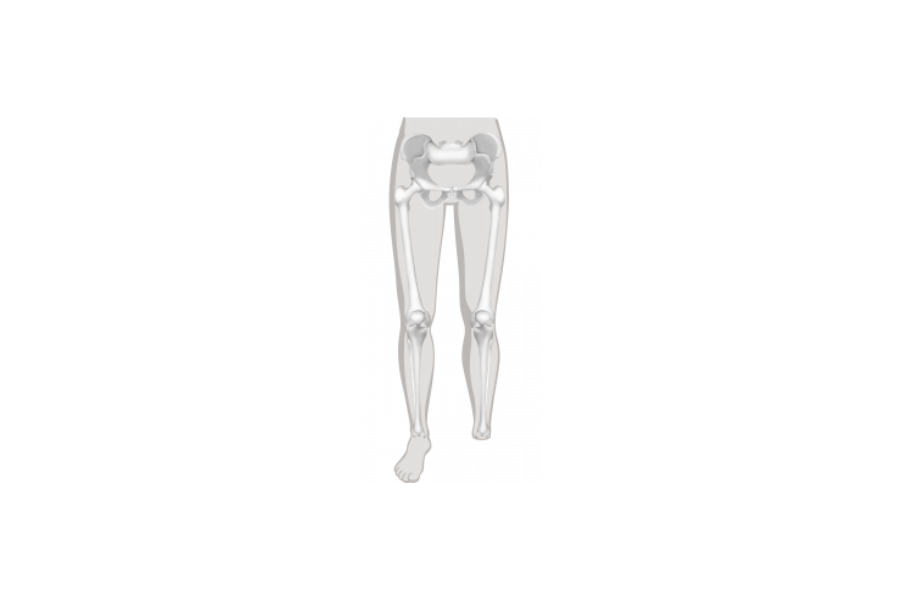
Foot amputation level
There are over twelve different amputation levels that are possible in the foot. These range from a toe amputation to a forefoot amputation and amputation of the heel bone. With a foot amputation, a silicone prosthesis is an excellent solution because it lets the user wear normal shoes.
Did you know that diabetes is one of the most common reasons for a foot amputation? Read more.
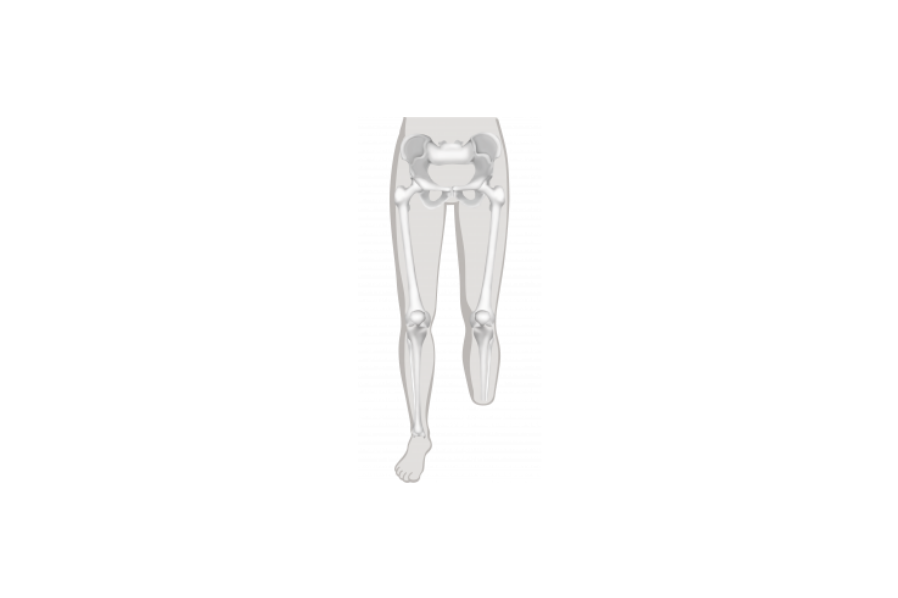
Lower leg amputation or transtibial amputation
With a lower leg amputation or transtibial amputation, the lower leg is removed. In doing so, the shinbone (tibia) and calf bone (fibula) are amputated. A lower leg prosthesis usually consists of a socket in which the residual limb fits and a prosthetic foot. The prosthesis can be disguised with a cosmetic cover and may include adapters and connecting elements.
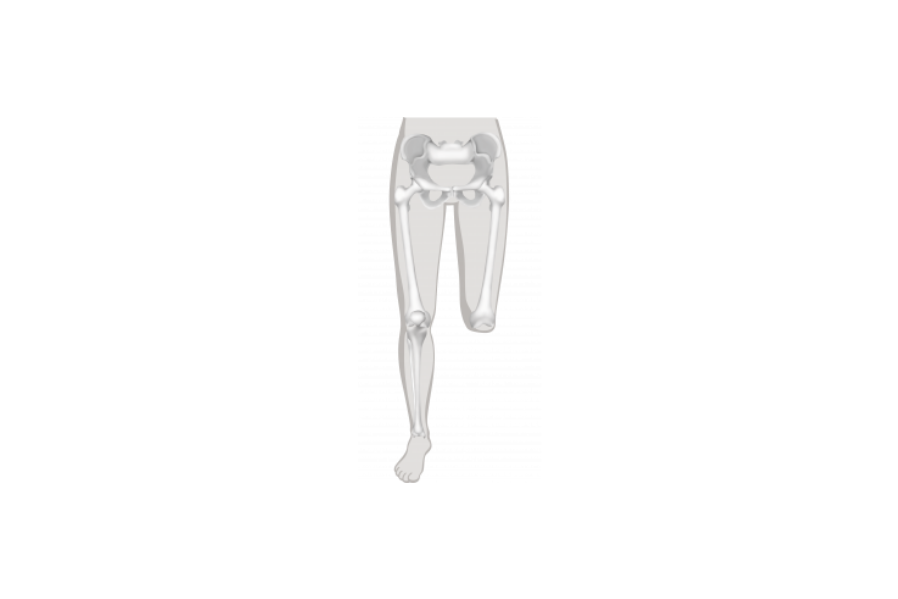
Knee disarticulation
With a knee disarticulation, the leg is amputated through the knee joint, which is then separated and removed from the lower leg. The femur (thighbone) remains completely intact. A prosthesis for a knee disarticulation consists of a socket in which the residual limb fits, a prosthetic knee and a prosthetic foot. The prosthesis also includes adapters and connecting elements. If desired, a cosmetic cover ensures that the prosthesis is hardly visible.
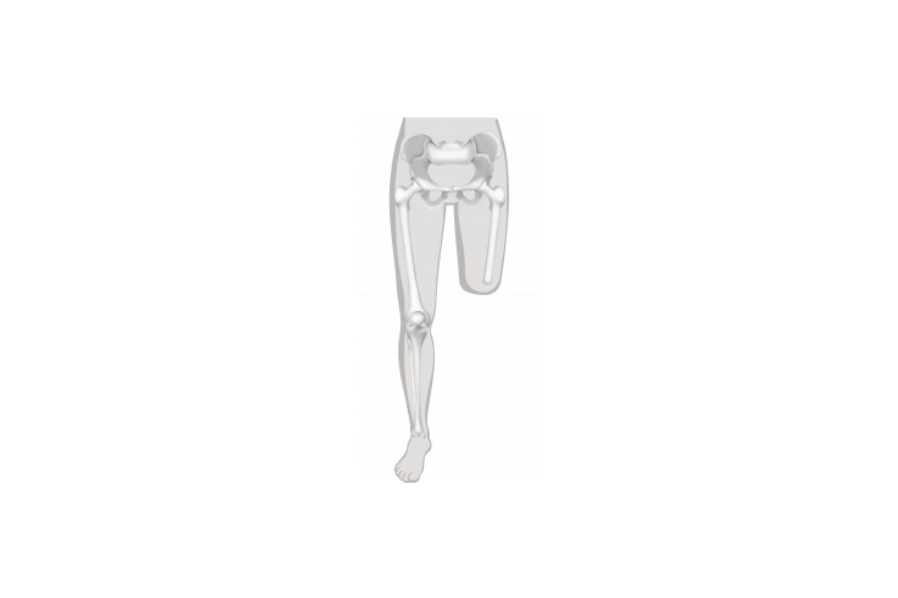
Thigh (femur) amputation
With a thigh amputation or transfemoral amputation, the thighbone is severed. The length of the residual limb affects the future use of a prosthesis. A prosthesis for a thigh amputation consists of a socket in which the residual limb fits, a prosthetic knee and a prosthetic foot. It also includes adapters and connecting elements. If desired, these prostheses can be disguised with a cosmetic cover.

Hip disarticulation
With a hip disarticulation, the entire leg is amputated. The femur is removed from the hip joint. With a prosthesis for a hip disarticulation, the hip controls the prosthesis. The prosthesis consists of a socket in which the pelvis fits, a prosthetic hip, a prosthetic knee and a prosthetic foot. It also includes adapters and connecting elements. If desired, the prosthesis can be disguised with a cosmetic cover.
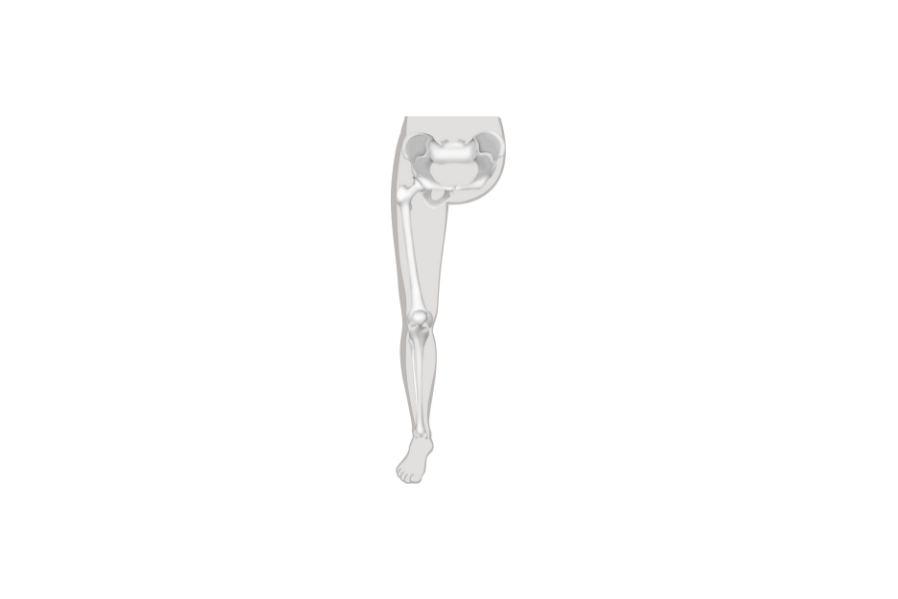
Hemipelvectomy
With a hemipelvectomy, the entire leg, hip and part of the pelvis – up to the sacrum – are amputated. The pelvis and back are used to control the prosthesis later on. The prosthesis consists of a special socket in which the remaining pelvis fits, a prosthetic hip, a prosthetic knee and a prosthetic foot. It also includes adapters and connecting elements. A cosmetic cover ensures that the prosthesis is hardly visible.
Amputation levels with a hand and arm amputation
A wide range of amputation levels are possible in the hand and arm, ranging from a finger amputation to a shoulder girdle amputation in which the entire arm is amputated. More information can be found in the article on the different amputation levels with a hand and arm amputation.